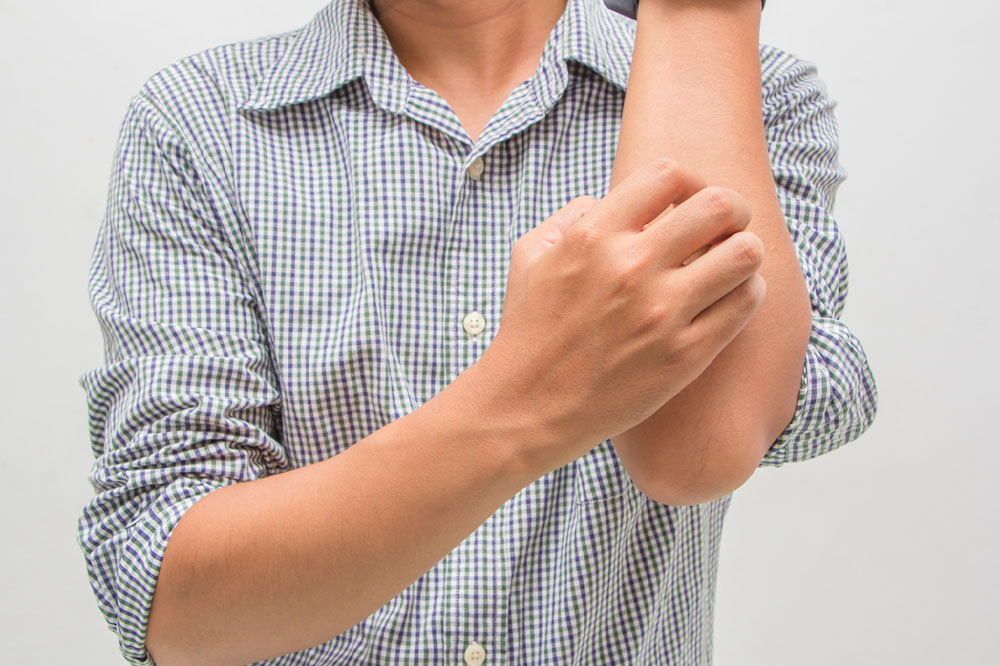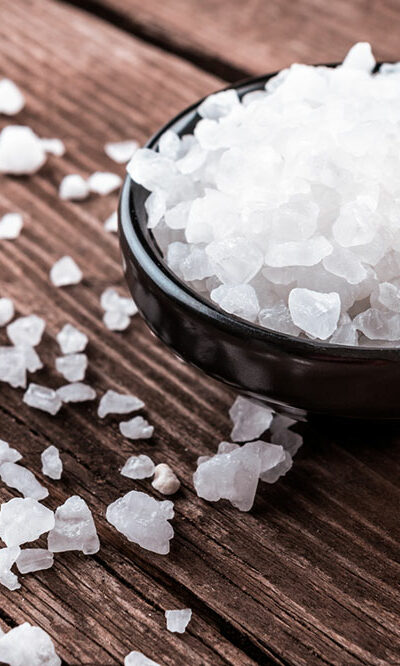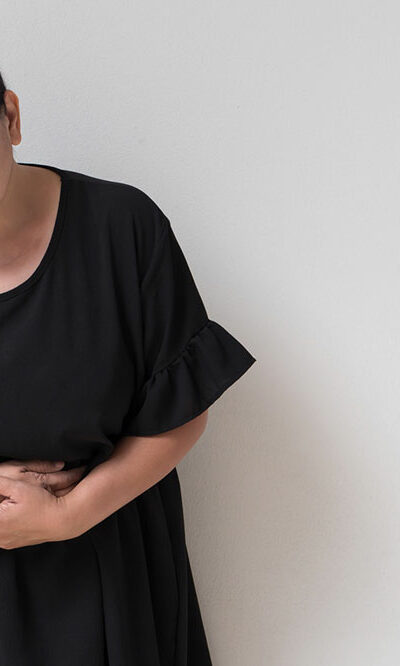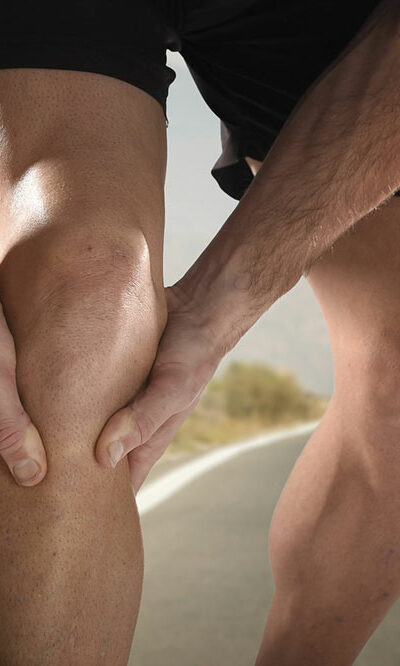10 warning signs of eczema to watch out for

Eczema is a chronic, non-contagious skin disorder where the patient experiences recurring, painfully itchy rashes. It affects people of all ages worldwide, especially infants and young children. The skin barrier plays a vital role in the human body. Conversely, eczema weakens the skin barrier, making it vulnerable to infection and dryness. Though the illness has no known cure, there are several strategies to help people manage their symptoms. Some of the common warning signs of the condition are discussed below.
Warning signs of eczema
Persistent itching
Eczema or atopic dermatitis is characterized by itching that triggers rashes. Itching is one of the first warning signs of the condition. Some people experience mild itching, while for others, it can disrupt their work and sleep. Therefore, itching is one of the symptoms to watch out for to initiate prompt treatment for eczema.
Flu or cold
Eczema may worsen if the patient is bedridden with an illness like the flu or a cold. An upper respiratory infection can cause inflammation and an eczema flare, even if it is not the main trigger.
Dehydrated skin
It may feel tight and dry even before the skin itches or turns red from eczema. It is because dryness indicates the malfunctioning of the skin barrier. Dehydrated skin can easily turn brittle, tight, or scaly, leading to flare-ups of eczema symptoms.
Seasonal allergies
Seasonal allergies, hay fever, food allergies, asthma, and eczema are health conditions often linked. Environmental factors such as mold, pollen, pet dander, and dust mites can lead to eczema outbreaks.
Changes in nail color or structure
Nail changes can occur in patients with persistent dyshidrotic eczema. The nails may thicken, discolor, and develop pits and ridges.
Skin discoloration
Eczema can result in regions of skin that appear either lighter or darker than the surrounding skin.
Small, painful, fluid-filled blisters
Clusters of blisters that consolidate into more noticeable blisters occur in certain patients. The small blisters occur on the palms, sides of one’s fingers, or the bottoms of the feet. The blistered skin may be exceedingly itchy or painful. The blisters begin to heal in 3 to 4 weeks. Once they heal, one can notice peeling and dry skin where the blisters are.
Sensitivity to irritants
People with eczema may be more sensitive to irritants, including wool, soap, fragrances, and detergents.
Oozing or weeping skin
Oozing or weeping skin might indicate infection if it is caused by eczema.
Bruises on the wrist
Bruises on the wrist can also be a possible eczema warning sign.
Research indicates that nearly 30% of the country’s population has eczema. The condition commonly affects children though even adults are prone to it. Most eczema patients are advised against scratching the skin to prevent the condition from worsening. Though no known cure exists, most patients can manage their symptoms by looking out for the early warning signs and seeking a health expert’s attention when they notice the symptoms. Delaying treatment can worsen the condition as the symptoms can spread to the surrounding skin of the affected area. Avoiding triggers can help keep most symptoms at bay.







